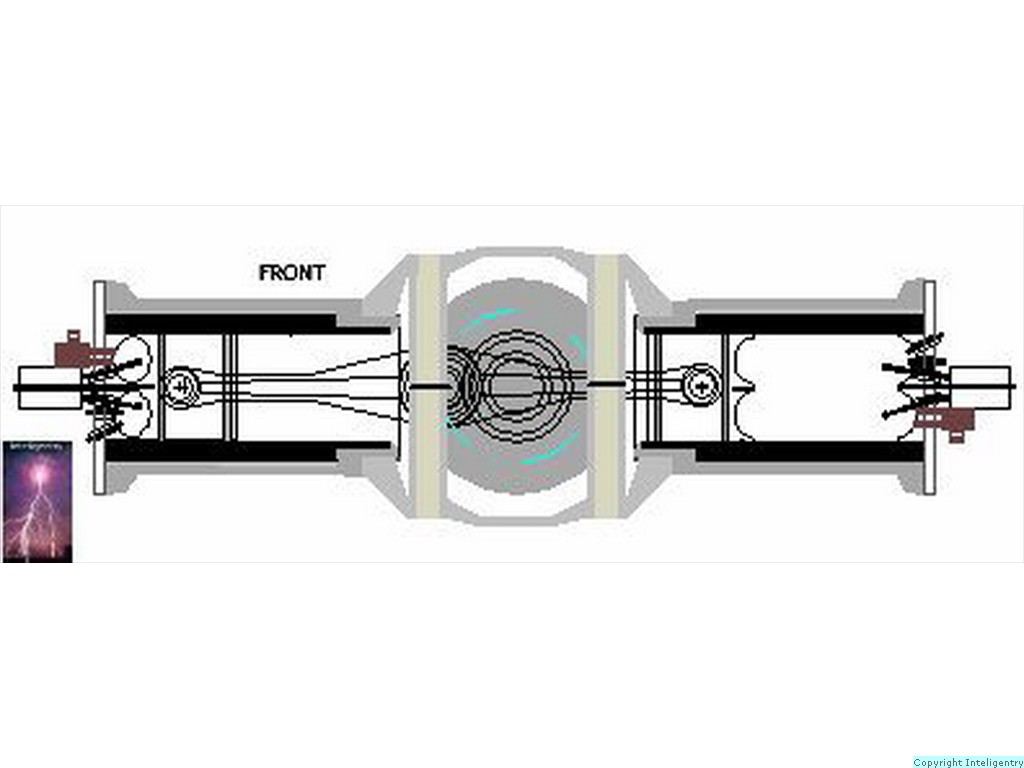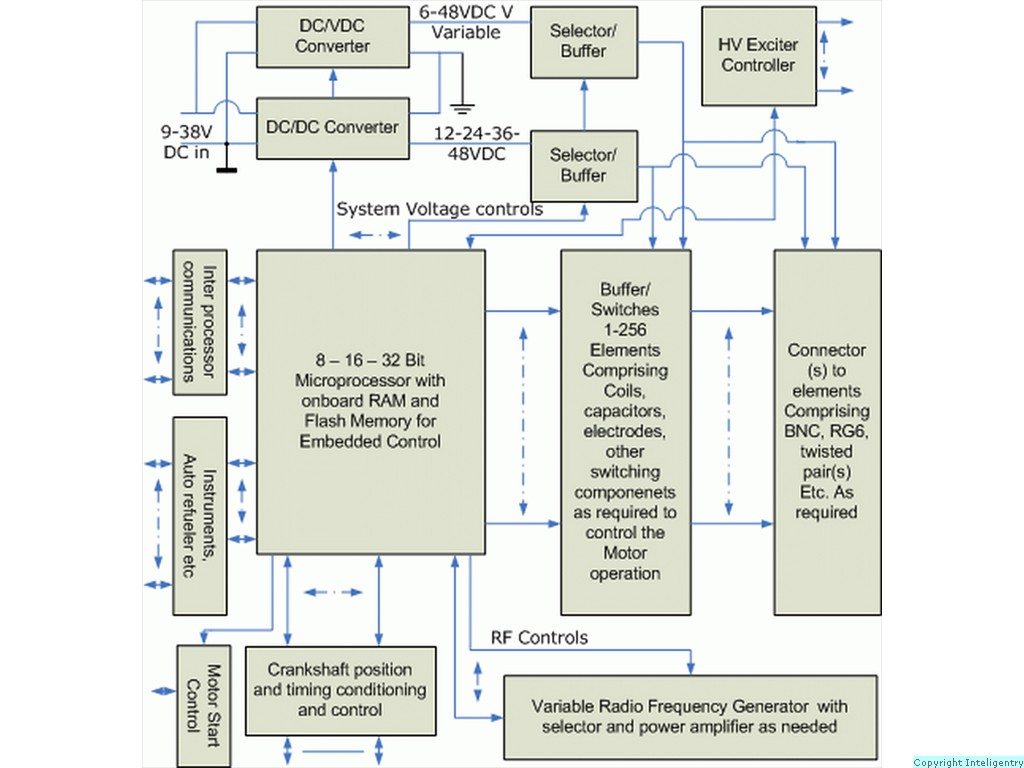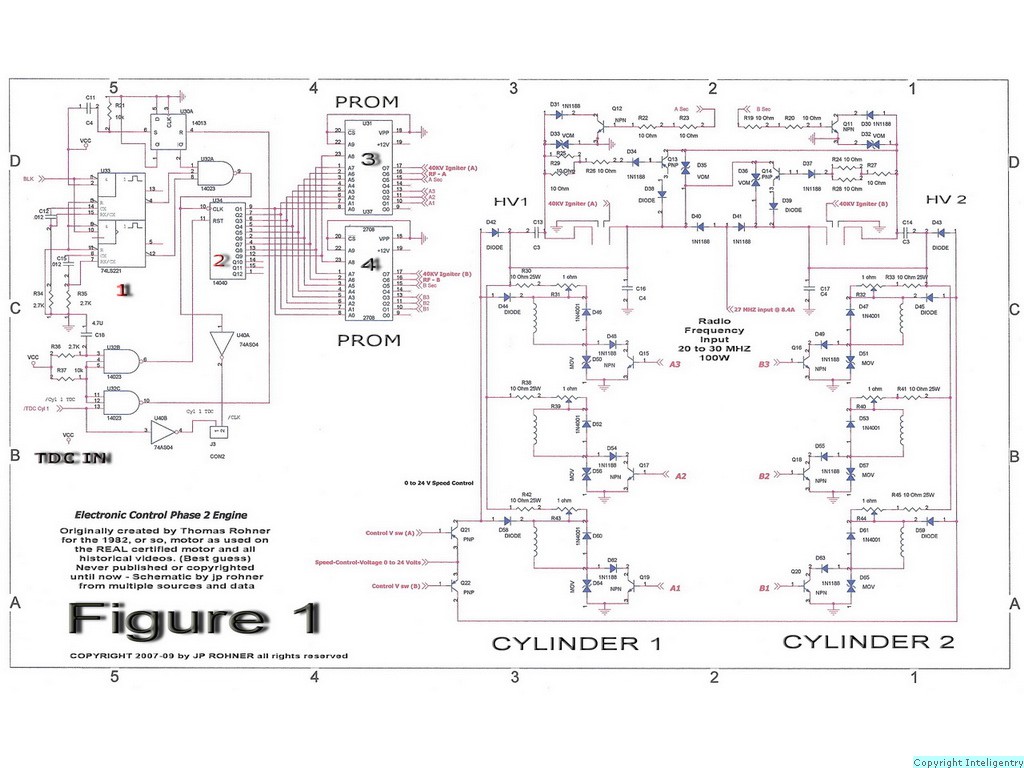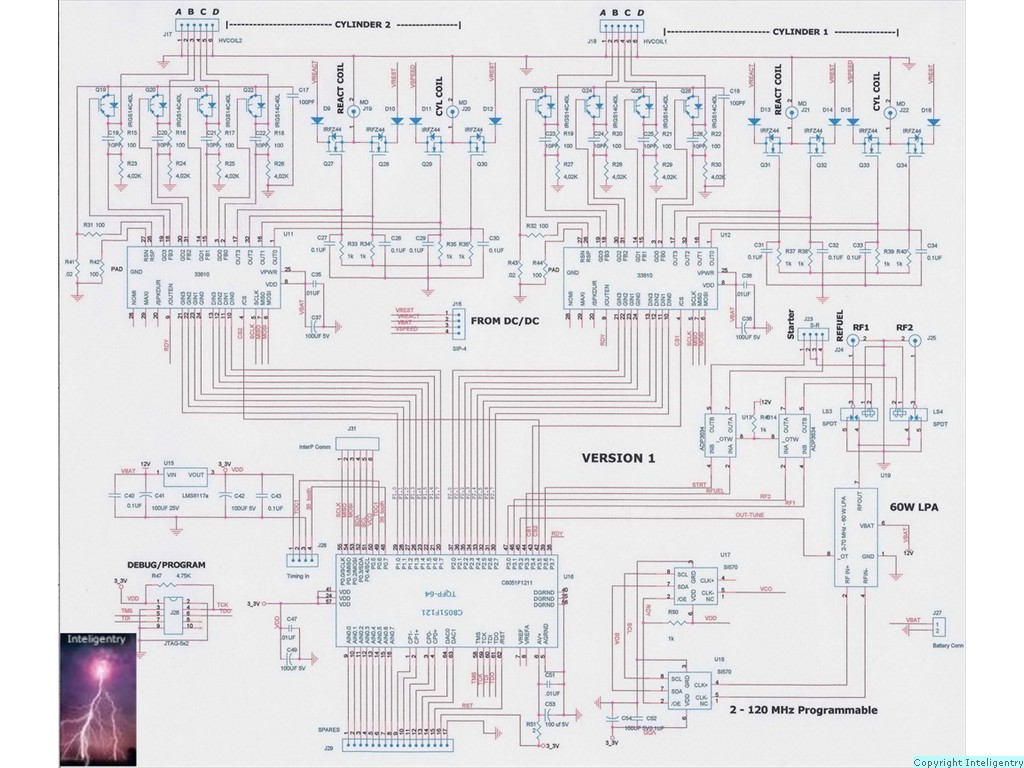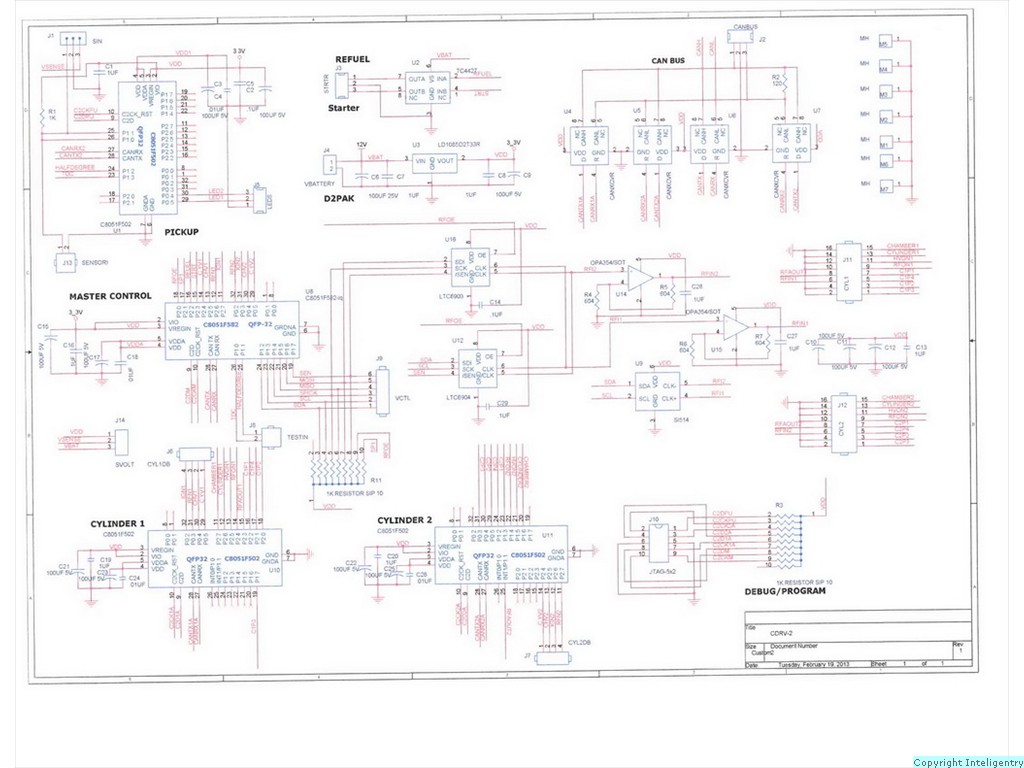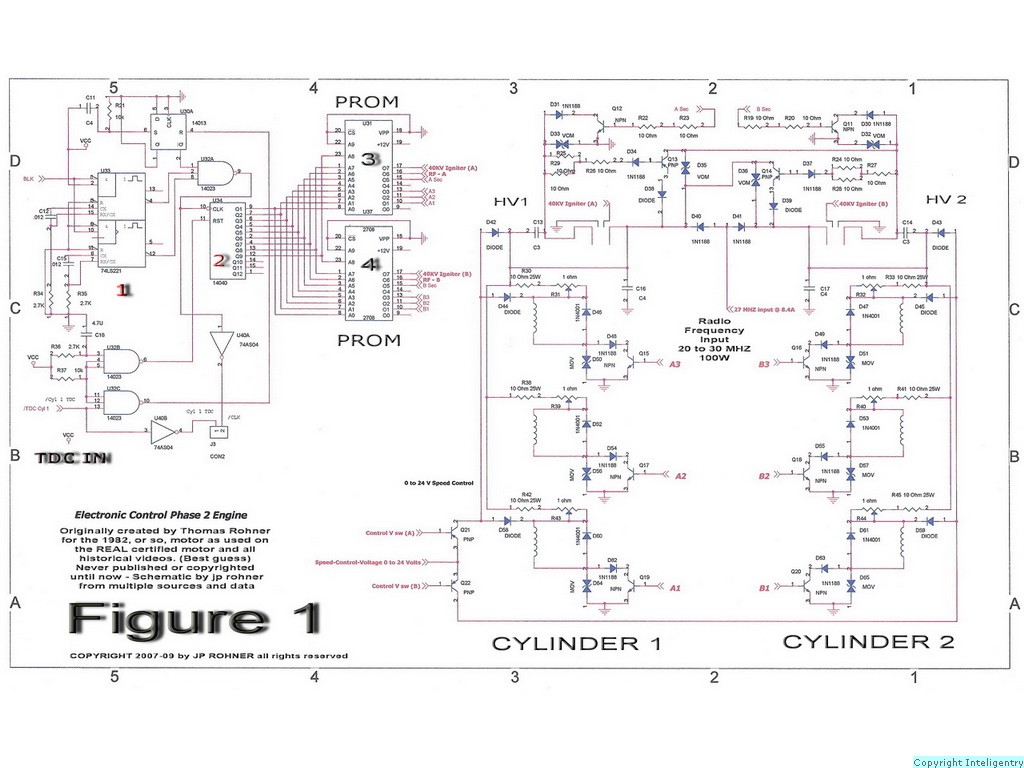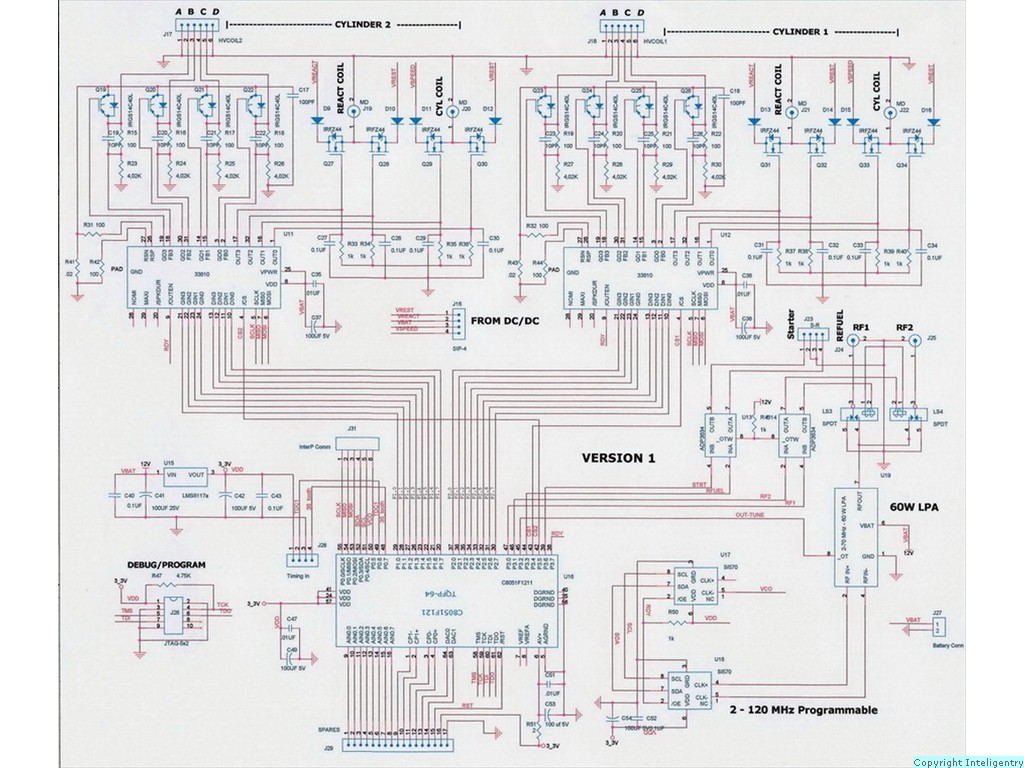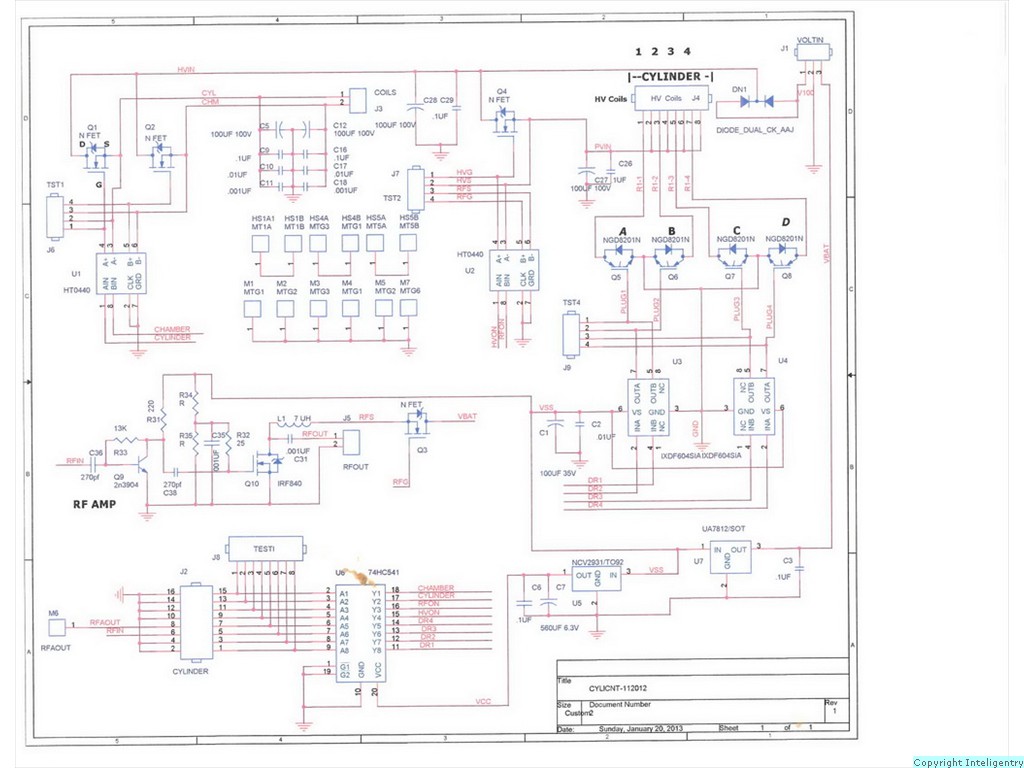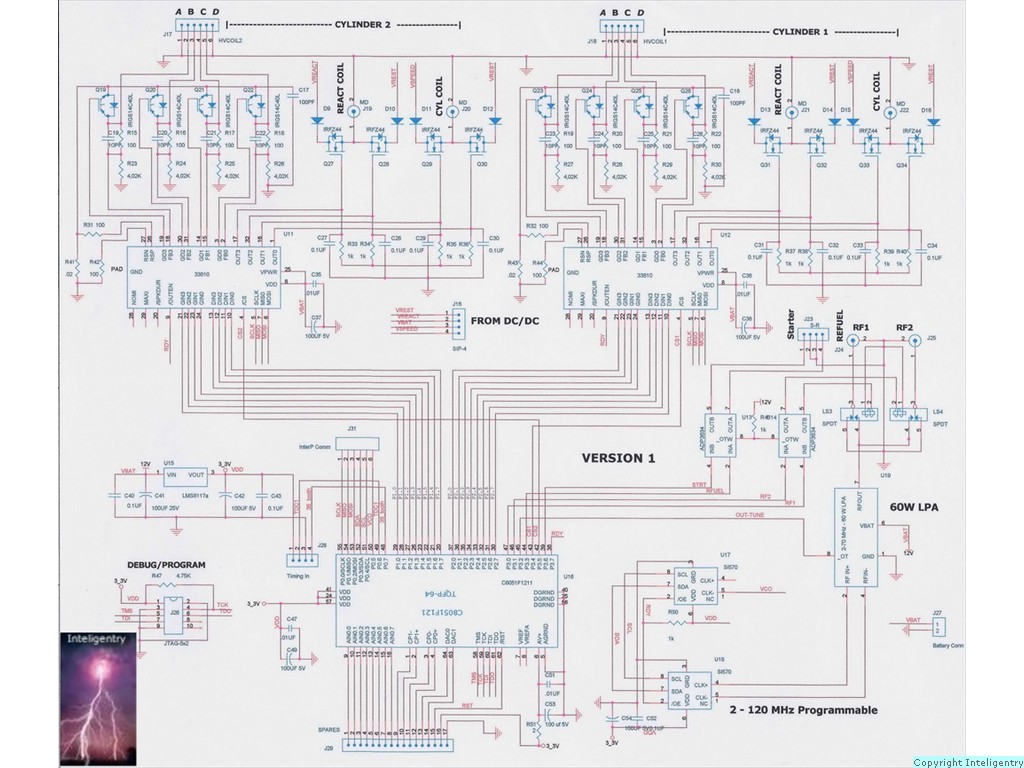

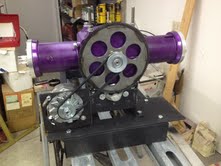
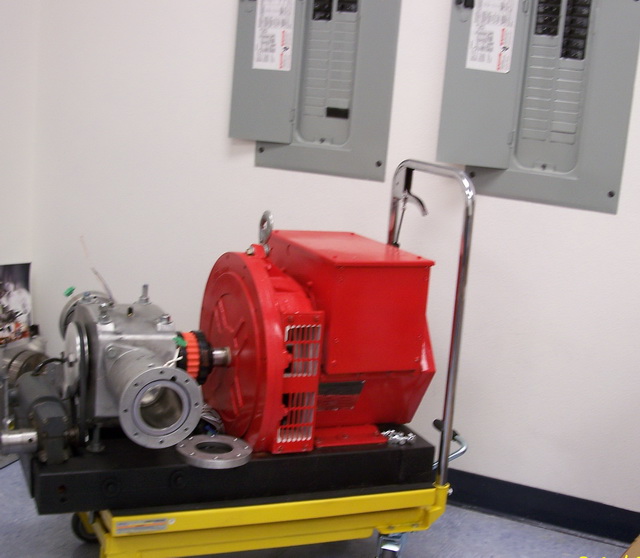
Plasmic Transition Process -- The Technology. by John Rohner




Plasmic Transition Process -- The Technology. by John Rohner
The ""Plasmic Transition Process"
-- Understanding the why it works.
Part 1 - from "The "Plasmic Transition
Process design" -- Understanding it. by John Rohner
The CURRENT State of the Technology.
The Plasmic Transition Process noble gas Engine is not,
just as the original Papp engine was not, a 'pulsed plasma motor'.
Plasma is not retained and 'pulsed'. The plasma ball is recreated with each
power stroke and returns to a steady state, gas, for each return stroke, thus the name Plasmic Transition process.
Pulsed Plasma, like that developed at the University of Missouri, is less efficient,
but still useful in a different way for smaller scale engines. That process, as shown by the University of Missouri,
is perfect for higher speed and smaller "turbine" type engines or just making a "wind mill" turn. It is significant
but development is still some distance from production.
A third, supposed pulse type, has been shown, based on a experiment from the 1991 CEI
group, that also expands and moves a piston, or can. This is not even a Plasmic system but simply a "heat the air"
or "pop the can" type thing that most of us did as kids with two cans and a firecracker. The firecracker goes off
and the air heats and expands and the can or piston pops out. This is easily replicated by providing a high
power arc across a gas, or air, to superheat it and have it expand. It should be noted that
this high power arc does have some side effect plasma creation and does create a visual effect but not enough
to effectively produce a usable effect except heating. The closest to usefulness is the RWG Research
experimentations from Russ. He seems to have learned more in a couple years than the self proclaimed "pros",
Heinz Klosterman or Bob Rohner, have after over 18 million dollars and 30 years. Great work Russ. His videos are on You tube
and very informative.
The REAL Physics Description.
The Physics behind this Engine is NOT magic once described and understood you will
wonder why it took so long for anyone to understand. The easiest way to understand the Plasmic Transition Process
is to look at the process in Nature. The easiest example of the process to all of us is to use something we all
know well, Lightning. Lightning is formed when two opposing poles of electricity Ionize the gases between them.
This Ionizing is similar to another natural function, "soft water". Soft water is created when air bubbles if
some fair amount rise together in water. The air pushes the water apart and a boat that would float normally will
sink. Because the ability of the water to resist the boat is less. Ionized atoms in a gas are more active than normal
and so the ability of the gas, our atmosphere is a gas, to resist the flow of electrons, or exchange of electrons, is
lessened by the fact that the atoms are less stable. Ionization can occur many ways, heat, radio frequency
and electro magnetic forces are the easiest to understand. In the case of Lightning the electro magnetic strain
between the two opposing poles becomes great enough to upset the natural opposition to electrons traversing the atoms
and a electron flow is initiated between the two poles. This in turn causes the Gases to transition into a plasma state.
Most of you are familiar with the 3 states, gas, liquid and solid. When I went to school these were considered the "standard"
states of matter. However a few years back we started to discover the parameters of a 4th, usually less stable state that
was called "plasma" and discovered it was a "natural state" and now there are 4. The Plasmic state is well defined and
anyone who has seen a neon light has seen it. Plasma is also used in welding as it can produce very high temperatures.
With the transition to plasma there are two effects of interest. Fist is the visual side effect. In lightning this
is what you see. That bright light is created when the gas transitions to a plasma. From that light all of the elements
that are transitioning can be determined by their specific frequency of emitted light, just as we determine a
stars composition. The light has no importance to us except as a marker that the process occurred. It should
also be mentioned that this transition can provide heat up to 4 times the sun's surface, for a very small time.
The next effect is what is important to us. That is what you hear as thunder.
Thunder is created by the other factor of the transition besides heat. Expansion. As the gas transitions into a plasma
it expands, like water to steam. That expansion pushes the air on either side and creates a impulse or "sound" wave.
This is what we call thunder. It is this "expansion" that is used by this engine, just as if it was caused by burning fuel
in combustion, to push the piston or whatever will be used to convert from the expansion to power translation.
In the Current developed engines this is used to push down a piston. From the Univ of Missouri studies it could
also be used to drive a turbine if properly recycled for efficiency. In our case it creates a lot of push.
The last phase of this transition is the collapse or "return" to a stable state, a gas. This
step reverts all atoms back to their original positions as a Gas. To do that all energy provided as heat must be reclaimed
and all free electrons must fly home. We know from using plasma to start Fusion reactors that this is exactly what occurs.
This action also creates a partial vacuum as the mass returns to the starting volume. This part of the cycle is not useful
for any form of energy production as there is no spare energy in a vacuum. BUT, there is also no resistance either
so the most efficient engine would be one where the Plasmic transition is building in one cylinder and
collapsing in the other as the power push on the piston would be without resistance from the other cylinder, or co
provisional mechanical forces. Resulting in minimal losses of energies.
Notice that the gas transitions to a Plasmic structure and returns to a gas in a closed container.
In the case of our engine also wrapped in a electromagnetic field. The the loss of electrons, to stale the gas, is
very minimal almost statistically zero. Thus fuel degradation, because we are not using directly any energy, is virtually
zero.
For some time the "geniuses" that stated they understood this process have fallen prey to Papp's
folly of defining it as a "perpetual" motion machine. They erroneously decided that there was some advantage to "capturing
the other cylinders electrical pulse". Actually Papp was doing this for an entirely separate reason Rohner believes. In the Papp
engine there are 3 or 4 electromagnetic coils per Cylinder and the Piston is aluminum of steel. During the "return" cycle
this metal piston would break the coils and generate an EMF spike that was very dangerous to any electrical device.
Improper shunting would lead to failure. Papp Resolved this by coupling this pulse to somewhere that was not critical, the
little antenna in the other cylinder. Thus creating a big capacitor to soften this pulse. Papp did several things to lessen the
EMF characteristics. Papp was also a master of deception as he made comments that sent those trying to "figure it out",
30 years now, off on tangents. He also used a very active imagination on his "Gas Mixer" to insure no one would "copy" him.
So there is a simple definition of the Physics that make this work. Not so tough and FYI
John Rohner has tried over 20 different Gas mixes that all work with some slight tweaks of the controller. Premix
gas works best just remember to Roll the tank before using for 10 minutes.
Nobel Gas Engine Basic specifications
Imagine an engine that could run on very small quantities of an abundant noble (inert) gas mixture using a process that turns the gas to plasma with each cycle of the engine, like live steam power, yet it is sealed, creating no pollution and minimal noise. Now, imagine driving your car, day to day for a year on less than $50 for fuel.
The Plasmic Transition Process is the subject of various patents filed and pending now owned by Plasmic Transition Process. John Rohner founded this research and development in 2008 to be the means to disseminate, develop and license this technology to other motor manufacturers for their own use.
This process originally called the "Papp Engine" did run in 1982 and was then lost until John, and his friend Haik Biglari rediscovered it and applied modern science to the system to explain the process and filed their patents, presently pending. The original process was based on information originally patented by the late Joseph Papp, whose patents are now expired.
John Rohner, a well-known new product design engineer, was originally contacted in 1979 by Robert Rohner, his brother, with a schematic for the controller Papp had designed. Unfortunately, John was busy with several other projects so he turned it over to his brother Tom. That controller, or a best guess at it, is shown in the schematic below. It is a simple crude system, by today's standards but very modern for 1982, and easy to understand. It was the key element to the motor running, at that time.
Plasmic Transition Process has several motors for OEM experimental use. One, the "school" or Training Engine is an opposed 2 cylinder, 1.3 liter engine and produces approx. 300 HP. The others are a 4 Cyl 2.6 Liter, and a 6 Cylinder ~4 liter. The 6 cylinder is expected produces a maximum of ~1500 HP or more.
The modern engines are also being co-developed with a sister company
This is the licensing and development consulting group that makes it go.
The plan is to simply create licenses from all, automotive and truck etc.
engine makers for the Mechanical engines and create the electronic Control Systems
for each specific engine design based on a generic starting core, which they already have.
Thus the manufacturer would have a jump on the control system and would
also have the advantage of a "common" controller design, changed by Firmware as a cost
saver. If millions are made "somewhere", US or Foreign, the per unit cost goes down
and the per engine price goes down making it even more affordable.
The current plan is to provide is to have the licensed manufacturers develop multiple test sites for proof of their product. For instance some test sites in underdeveloped nations for water pumping and power generation as "humanitarian" test sites. This should allow the time needed to get production understood and patents completed.
The company believes the Plasma Transition Process engines will create a direct replacement for the internal combustion engine and most electric motors, with no pollutants and greatly reduced noise. "It is Plasmic Transition Process's dream to make the world a better place to live without having to use Petroleum or even Biofuels,".
The expected run time of the engine from a single charge is calculated to be over one year continuous running, so significant money can be saved as well by not having to purchase fuel except rarely. The newest controllers and mechanical designs have allowed simple refueling from a container about the size of a deodorant spray can that could cost as little as $7 and be good for as long as 7 years, about a cost of $1 per year. To relate that to a typical consumer, a 25 KW generator, more than most homes need, could run continuous for a cost of about a dollar a year, no more need for a "power Grid" and the crooks that go with it. OR, this is about the same as 155,000 miles per dollar in a car. That is the probable outcome.
How it Works
John Rohner stresses that the Plasmic Transition Process motor is not, just as the original Papp engine was not, a "Pulsed Plasma motor". Plasma is not retained and "pulsed" as others have supposed and stated. The plasma is recreated with each power stroke and returns to a steady state, a gas, on each return stroke, thus the name Plasmic Transition. Creation of the initial power and creation of plasma, for expansion, is derived from a fusion event with a side affect of a limited "chaotic" fission event causing a Plasmic Transition, contained in a sealed two-cycle rotating crankshaft engine system. This engine and technology is a power system that crosses the previous borders of nuclear physics utilizing elements of each to advantage in the result.
There are two parallels to explain this Plasmic Transition and power production of this motor in our world. First is natural lightning, which uses an almost identically similar Plasmic Transition Process; and the second is live steam which provides the same torque over rotational speed event characteristics. There is nothing in the ordinary internal combustion motor's operation that is comparable to either of these processes.
The most crucial part of Plasmic Transition Process's motor operation is the Electronic Control System (ECS), comprising the following elements:
* Programmable micro computers;
* Radio frequency power generator;
* HV spark coil initiation driver;
* Various electromagnetic coil voltage switches providing base
(resting) or variable (engine speed) voltages for all cylinder or
reaction chamber electromagnetic coils;
* On-controller DC to 12 volt DC converter;
* Engine speed DC voltage (accelerator) to programmed variable
voltage DC converter,
* Inter controller communications ports;
* Instrument support for user panel and action port which receives commands
from the user comprising by not limited to things like Run, Start, Throttle position,
Hold speed, Brake application, Brake hard, various motor inputs and fuel container information.
Below, is a view of block diagrams of the Plasmic Transition Process developed
Electronic Control System (ECS) used now to make the motors work using the above elements.
Using such a programmable and flexible automatic controller (ECS)
allows the use of many GAS mixtures as well as allowing for many
Transition "reaction" chamber variations, volumetric adaptations and gas
fuel mixtures. Plasmic Transition Process has copyrighted over a dozen gas fuel
mixtures thus far, in trade secret manner similar to the formula for Coke.
Plasmic Transition Process has made many modernization's and brought the technology up to beyond the current science. This is all represented in patents, filed and pending, copyrights etc.
We invite interested parties to come and see what is happening as we get ready to support your manufacturing plant.
For those of you that have been told that an opposed engine is a "paint shaker", I believe was his term, ask yourself why so many engine manufacturers use this form factor. Also remember that this is a 2 stroke motor not 4. In practice the engine is very smooth and the newest engines, with Aluminum Bottom end and plastic pistons, see on web site, are really great. Subaru, BMW, Porsche, "pancake" diesel and millions of air cooled drone engines (2 stroke) plus lots of utility engines, use this "BOXER" form factor as well. But since this engine creates no heat and is very light, the form factor is basically irrelevant.
All I can say is beware of people with big mouths and no experience, having never run an engine like this or the brains to understand HOW it differs from what he may know. (CEI Guy) That is what has kept this technology down for 30 years now. Think Modern.
